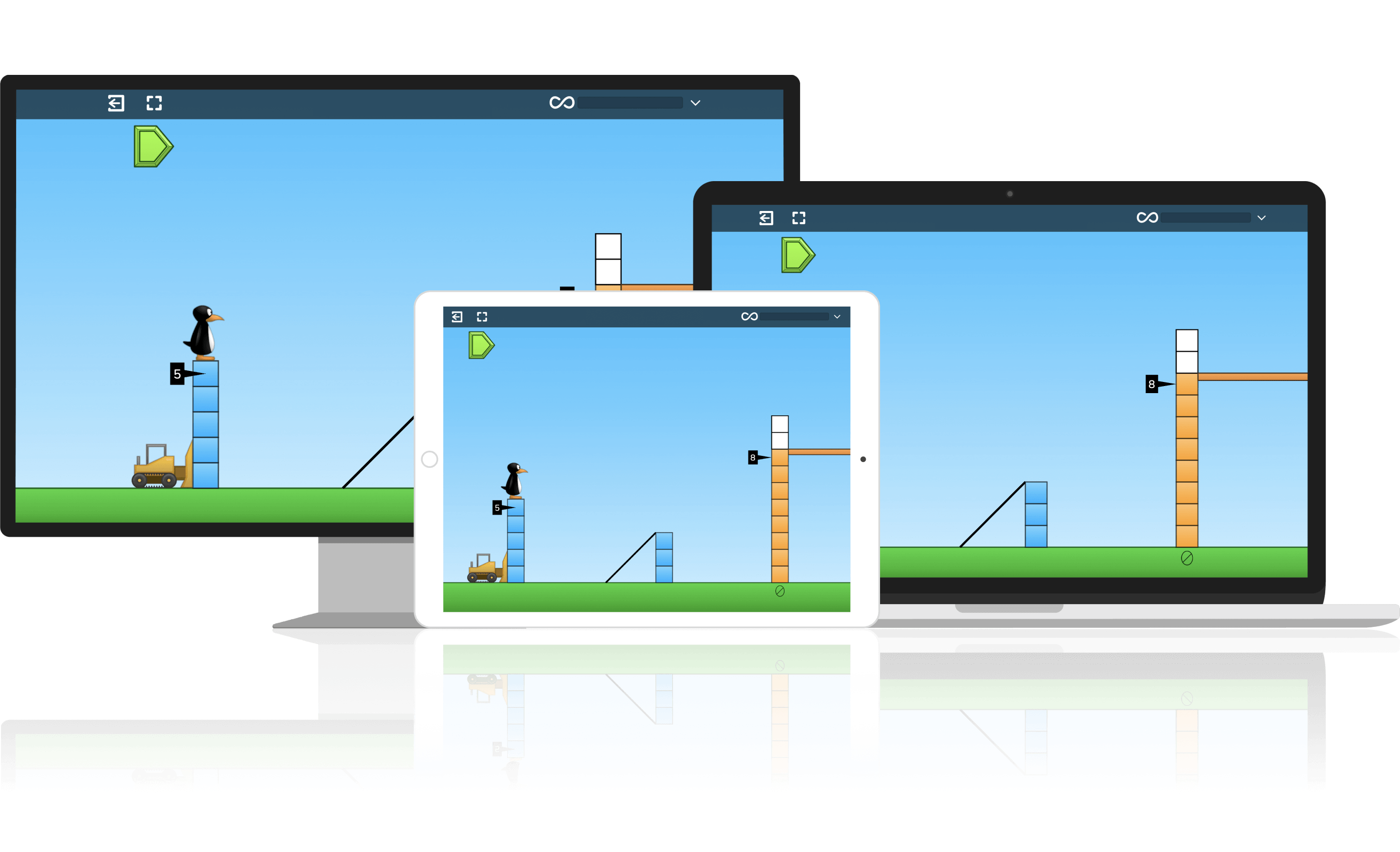New MIND Education website coming soon.
NEW : MIND Education website coming soon
Programs
Experience
Services
Educator Topics
Subscribe to the Newsletter
Subscribe to the Blog
2nd Grade Math Games
Play select games from the ST Math second grade curriculum. Concepts include place value, number line, comparing numbers, and more.

Place Value Petals
Model 3-digit numbers using visual place value representations.
- Use a visual base ten model to represent 3-digit numbers with hundreds (bouquets), tens (flowers), and ones (petals).
- Apply the idea that a set of 10-ones or tens makes 1 set of the next higher unit.
- Levels begin by matching the visual model to base-10 numbers (1, 10, 100), then progress to modeling 3-digit numbers with visuals.
Number Line to 100
Estimate points on number lines up to 100 using benchmarks.
- Develop estimation strategies for finding numbers to 100 using benchmarks.
- Levels begin with number lines to 20, then progress to number lines to 100 with 0, 50, and 100 as benchmarks.
- Feedback allows students to revise their estimates based on initial responses.
Two-Step Problem Solving
Use addition and subtraction strategies to solve 2-step problems.
- Develop strategies for solving multi-step problems using addition and subtraction.
- Find the exact number of pies that the ‘Pie Monsters’ need by adding or subtracting from the given pies on the table.
- Levels begin by feeding 1 monster visual pies, then move to feeding 2 monsters with numbers representing pies.
Measuring Length
Develop concepts of measuring length in non-standard and standard units.
- Understand length as distance measured by iterating units without gaps or overlaps.
- Levels begin with non-standard, visual objects placed side-by-side, then progress to using rulers to measure distance.
- Feedback allows students to revise their estimates based on initial responses.
Unknowns in Addition and Subtraction Situations
Find unknown numbers for addition or subtraction equations using visual models.
- Fill in the missing number to make an equation true using a visual model for adding or subtracting one- and two-digit numbers.
- Levels begin with finding sums or differences, then move to finding missing addends or subtrahends.
- Equations are posed with operation on either side of the equal sign: 24-3= 21 and 21=24-3.
More Than, Less Than Comparing
Compare two whole numbers and find the difference.
- Develop the concept and language for comparing two whole numbers by finding the difference as ’more than’ or ‘less than’.
- Levels begin with visual models with differences of 2 to 4 blocks, then advance to comparing whole numbers: e.g, ‘3 is 2 less than 5’.
- Feedback allows students to understand the language and concept of comparing as addition or subtraction.
Count Objects to 10
Count and match sets of up to 10 objects.
- Develop counting strategies such as 1:1 correspondence and cardinality.
- Levels begin by just clicking on given objects, then progress to selecting equivalent number of squares in the ground.
- As the levels transition, students internalize strategies and connect numerals to the counting sequence.
Push Box Addition
Develop addition concepts by finding the total number of blocks.
- Add blocks at the start (left side) to the blocks in the middle by selecting the total number of blocks at the end (right side).
- Develop and apply strategies for solving visual addition problems.
- Levels start with sums ≤ 5 by adding up to 2 more blocks and transition to sums up to 10.
Second Grade Math Resources
Copyright © 2024 MIND Education®. All rights reserved.



